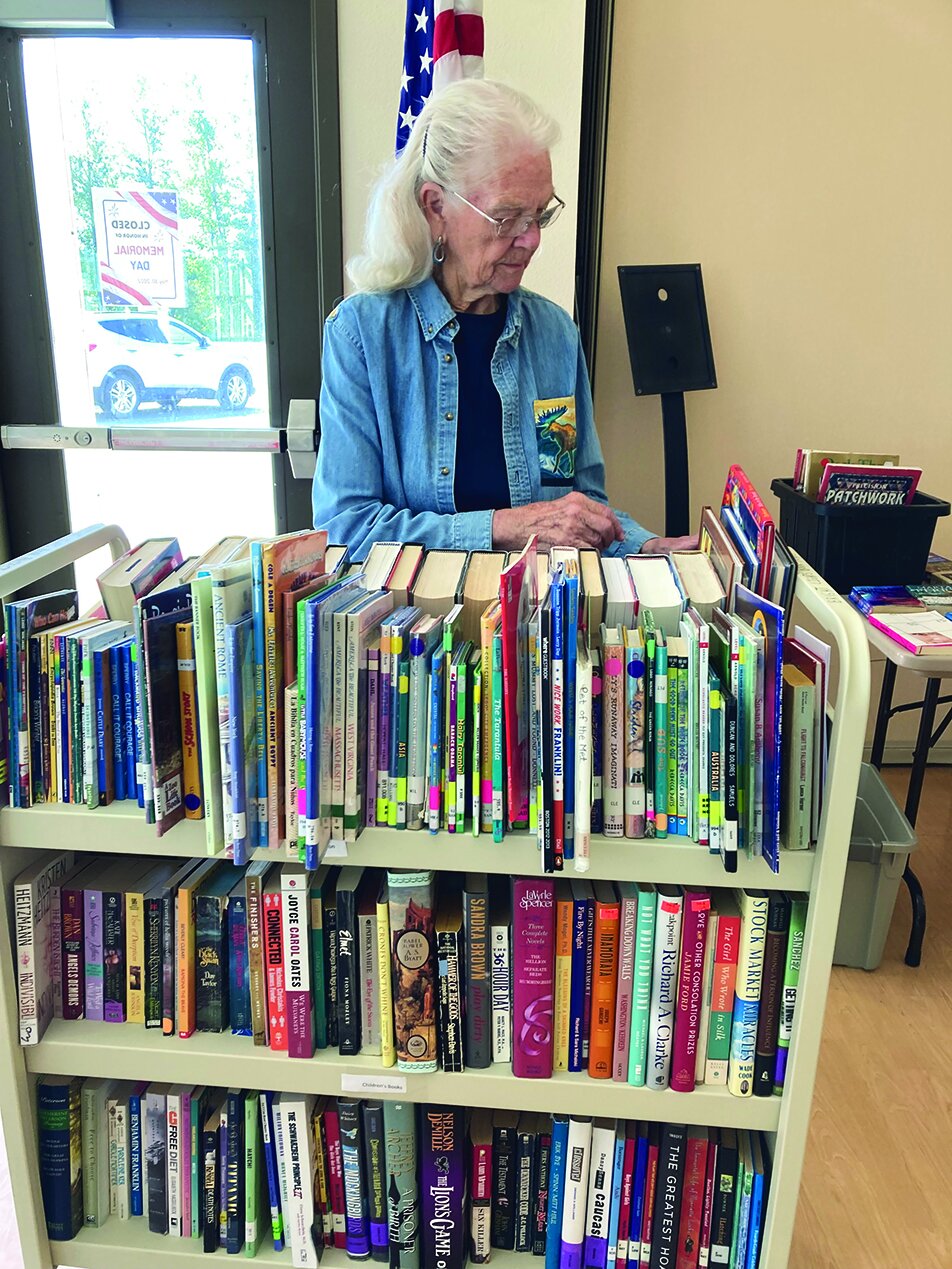Contributed by Alys Culhane
To shred or not to shred, this is the toughest question that the Bright Lights Book Project volunteers attempt to answer, now on a near daily basis. This is because in some minds shredding is considered akin to book burning, a practice that has been equated with suppression of historically based information.
The sole commonality between book burning and shredding is this: Gone then, is a single copy of a book, magazine, public document, or private journal, never to again be seen in its original form.
The reality is this: paper-based materials, and this includes those that include the written word, have a set lifespan. In particular, books mold, disintegrate, and fall apart. For instance, much-loved children’s board books are gnawed to the point of non-recognition by children and dogs. Equally loved children’s books become tattered, worn, and often fall apart. Adult books that fall into the bathtub take on the consistency of bricks.
We are fortunate in that Valley Community for Recycling Solutions (VCRS) recycles books. The lifespan of a book that’s burned or sent to the landfill is finite. The lifespan of a book that’s recycled is infinite. At VCRS, hardback books are pulped and paperbacks are sent to the mill as mixed paper. Such books then begin life anew.
The Bright Lights Book Project volunteers salvage, sort, categorize, clean, and distribute books that, in part, are donated to us by VCRS. The above-mentioned question, to shred or not to shred surfaces when salvagers sort through Gaylords (chest high cardboard boxes) boxes, bins, and bags.
The Bright Light Book Project, at its inception, had a five percent save rate. Now, three years later, it has a ninety-five percent save rate.
We initially adhered to absolutes when determining what should be salvaged and what should be shredded. Dirty, torn, marred, crusty, old, out-of-date books were shredded and pulped. However, our categorical imperatives blurred when we began focusing on audience-related considerations.
For example, we asked:
What do you do with multiple copies of young adult books? Back in the days of the project we designated “extras” of these books for shredding. We began sending duplicate copies to villages after teachers and administrators explained to us that they are integral to classroom discussions.
What do you do with general interest dictionaries? With the advent of the Internet and on-line thesauruses, these documents presumably became passe. BLBP volunteer Pete Praetorius saved the day here. He began leaving good quality dictionaries and specialty dictionaries (such as include translation and medical dictionaries) in a box in a hallway at Mat-Su College. In a few days, they were gone.
What do you do with two, three, four boxes of romance novels? The answer to this question surfaced one day as I was making my distribution rounds. My last morning stop on Tuesdays is the Palmer Senior Center. I set out books at noon and talk with Seniors about what I have on hand back at the Church of the Covenant/Meeting House. “I would like Life Inspired romance novels,” one reader declared. Her request was echoed by several other women who were standing close by.
“I have just what you’re looking for,” I said. The following week I rolled my hand cart into the dining hall and put three boxes of Life Inspired romances on the table. The books were gone in an hour’s time.
What do you do with a deceased person’s library, one that contains hundreds of art books, animal books, and Arizona History?
The Mat-Su Animal Shelter took the majority of the animal books, and The Mat-Su College Art Department took the art books. Valley Arts Alliance members also assisted in the distribution of the latter. These were what we call direct placements. The Arizona History books were what we call indirect placements. For instance, the books that we placed in the nonfiction bookcase at Vagabond Blues went to appreciative readers. We still have a handful of these books on hand. Any takers?
We are continuing, when it comes to finding appreciative readers for books, to make imaginative leaps. Thus far, we have hit the mark one hundred percent of the time. We also remain open to suggestions as far as book placement goes. If you know of anyone or any organizations that might want to host a bookcase or would like a specific type of book, contact Alys Culhane at director@brightlightsbookproject.org

